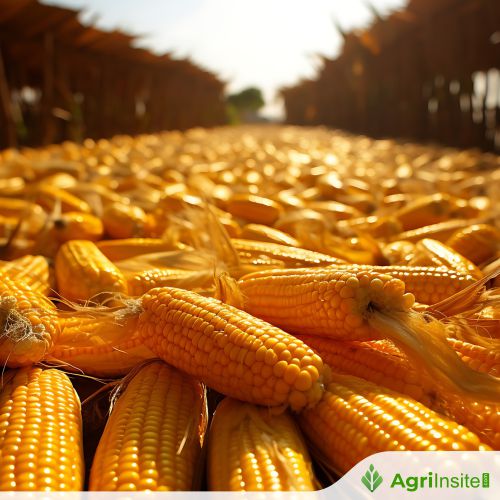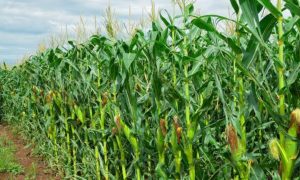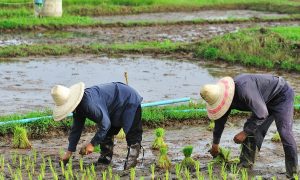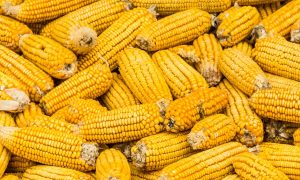South Africa receives first shipment of imported white maize since 2017

South Africa has begun importing white maize for the first time since 2017 due to poor crops and high exports to Zimbabwe. The country’s maize production declined significantly in 2023/24, with prices surging due to supply shortages. Imports will continue until April 2025. Agricultural experts warn that maize prices may remain high until new crops are harvested, affecting consumers.
The Port of Durban is receiving a shipment of imported white maize – the first import of the grain since March 2017, when South Africa was experiencing a severe drought.
The African Baza, a bulk carrier sailing under the Bahamas flag, is currently offloading 23 700 tons of white maize produced in the US, while another vessel containing 46 000 tonnes of white maize is expected in February, says Dr André van der Vyver, executive director of the South African Cereals and Oilseeds Trade Association (Sacota).
The current imports are necessitated by poor crops and record-high grain exports to Zimbabwe in 2024.
Lower production
During the 2023/24 production year, grains and oilseeds experienced a bad year, with production declining approximately 22.5% for maize and 33.5% for soybeans from the previous year.
The Crop Estimates Committee in November 2024 estimated white maize production at just over six million tonnes – down 29.3% from the previous year – and yellow maize at 6.716 million tonnes (down 15.4%).
“In the South African seasonal crop cycle, these products should last until approximately March/April 2025 before the new crop [planted in November and December 2024)] will become available again,” Van der Vyver notes.
As early as February 2024 it became evident that South Africa would have to import yellow maize and possibly white maize and soybeans.
“South Africa had just enough grains to feed itself, but we also supply grain to countries in the Sacu [Southern African Customs Union] region. We did not fully anticipate that the drought would also affect crop production in these countries, and we saw a strong demand from particularly Zimbabwe for white and yellow maize.”
Moneyweb reported earlier that a shipment of Argentinian yellow maize was offloaded at the Port of Cape Town in April.
Yellow maize and soybean meal imports continued throughout the latter part of last year.
“To date, Sacota’s multi-national grain trading members have imported approximately 518 000 tonnes of yellow maize,” Van der Vyver says.
Steep price increases
JSE-traded maize and soybean prices started increasing steadily last year, and the prices have continued to rise. Yellow maize reached a high of R5 431 per tonne in December 2024 – a 43% jump from February 2024. White maize soared 70%, reaching a high of R6 670 per tonne.
Van der Vyver notes that prices have since come down marginally.
However, agricultural economist Wandile Sihlobo cautioned on social media platform X that higher white maize prices in South Africa may be a reality in the first quarter of 2025, and relief may only come in the second quarter of the year.
Expectations for 2025
According to Van der Vyver, imports should continue until the end of April. Good and continuous rain for the new production season started shortly before Christmas, and most planting has been completed.
“After last year’s drought not only farmers, but all of South Africa, is desperately looking for an average crop. This will stabilise old crop price increases and bring lower prices with the new crops.”
He cautions that the “verdict is still out” on the availability of stock until the new crop is harvested.
South Africans consume around 11.7 million tonnes of maize per season. Over the past five years, on average 1.5 million tonnes of maize was exported to other African countries.
Local demand, cross-border exports, sufficient imports, and early harvesting of the new crop determine whether enough maize is indeed available.
“Indications are that the maize industry will end the season with 600 000 to 700 000 tonnes which is barely enough to ensure a continuous supply in the pipeline.”
A lower supply will put further pressure on maize prices, which will negatively impact consumers.
“White maize remains a staple food for many South Africans, while yellow maize and soybeans are the main ingredients for the broiler industry. Government must take note of the impact on staples and be prepared to support them timely,” says Van der Vyver.
To read more about Maize News continue reading Agriinsite.com
















